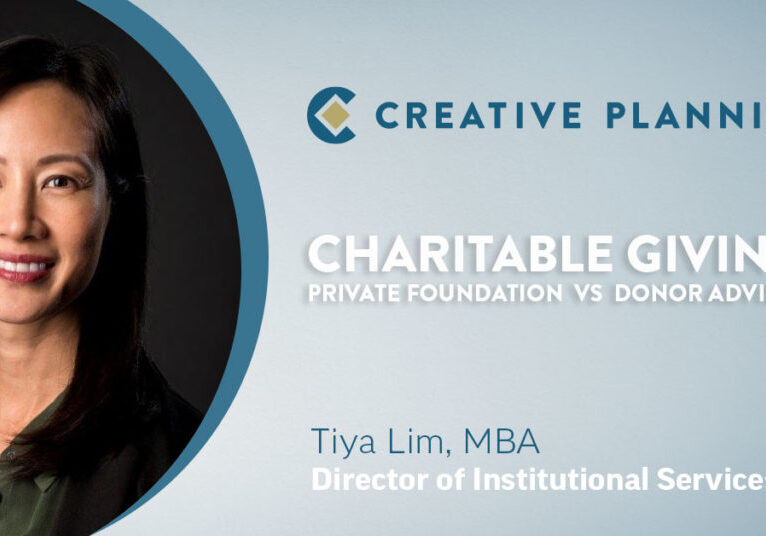When an individual or family wants a more systematic and tax-efficient way to meet their charitable objectives, most will consider one of the two most common charitable vehicles: a private non-operating foundation or a donor advised fund (DAF).
While both allow donors to grant funds to charitable organizations in a tax-efficient manner, each vehicle is unique in its benefits. Below is a chart that outlines the primary differences donors often consider when choosing between the two entities. Note, not all differences are discussed.
| Private Foundation | Donor Advised Fund | |
|---|---|---|
| Entity Structure | An independent legal entity set up for charitable purposes | An independent legal entity set up for charitable purposes |
| Start-up Costs | Legal and registration fees to incorporate, file for tax-exempt status, and register with state | None |
| Acceptable assets | Cash, securities, land, buildings, art, other tangible assets and some complex assets | Typically limited to cash and securities. Some sponsor organizations may allow other complex assets |
| Timing of Tax Deduction | Year of funding | Year of funding |
| Tax Deductibility | Up to 30 percent of adjusted gross income for cash gifts and up to 20 percent of adjusted gross income for long-term appreciated publicly traded assets. For closely held-businesses and real estate, gifts may be limited to cost basis. |
Up to 60 percent of adjusted gross income for cash gifts and up to 30 percent of adjusted gross income for long-term appreciated publicly traded assets. For closely held-businesses and real estate, deductions are for fair market value |
| Annual Administration (Legal, Tax) | Must file annual tax form 990-PF and meet state requirements | None |
| Salary | Can pay a reasonable salary to trustees/family members as foundation employees | No |
| Investments | Foundation exercises full control over its investments and can choose to self-direct or hire an outside manager. A Foundation may also engage in mission-related/impact investments and hold other private and complex investments. | For smaller accounts, investments are limited to a pre-defined pool. Larger accounts can be advised by an independent advisor and may be able to access additional investments. Depending on the DAF platform, some complex investments can be held. |
| Taxation | Excise Tax – up to 2% of annual investment income | None |
| Required Distributions | The IRS requires an annual 5% distribution based on the previous year’s net assets. Grants and certain expenses qualify towards the 5%. | None. Donors choose the timing and amount of gifts. Typically, there are no distribution requirements, but the sponsoring organization may enforce a minimum. |
| Grant Recipients | 501(c)(3) public charities, DAFs, and individuals (ex. for scholarships) or international organizations that meet IRS requirements | Primarily limited 501(c)(3) public charities. Also, assets contributed to a DAF are no longer legally under the control of the donor. The donor may advise on the use of those assets, but the sponsoring organization may have limitations. |
| Anonymity | No. All grants are documented and reported in the annual tax filing | Yes. Grants can be made anonymously |
| Legacy | Can be maintained in perpetuity, opportunities for Board/trustee selection and succession planning | Depends on sponsoring organization. Some DAFs have time limits. |
| Outside Funding | Can receive donations from public | Can receive donations from public |
| Conversion | A Foundation can be converted to a DAF | Contributions to a DAF are irrevocable, owned and held by the sponsoring organization |



